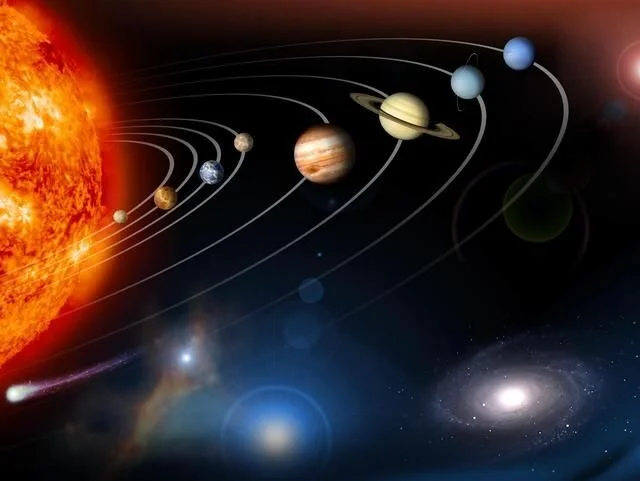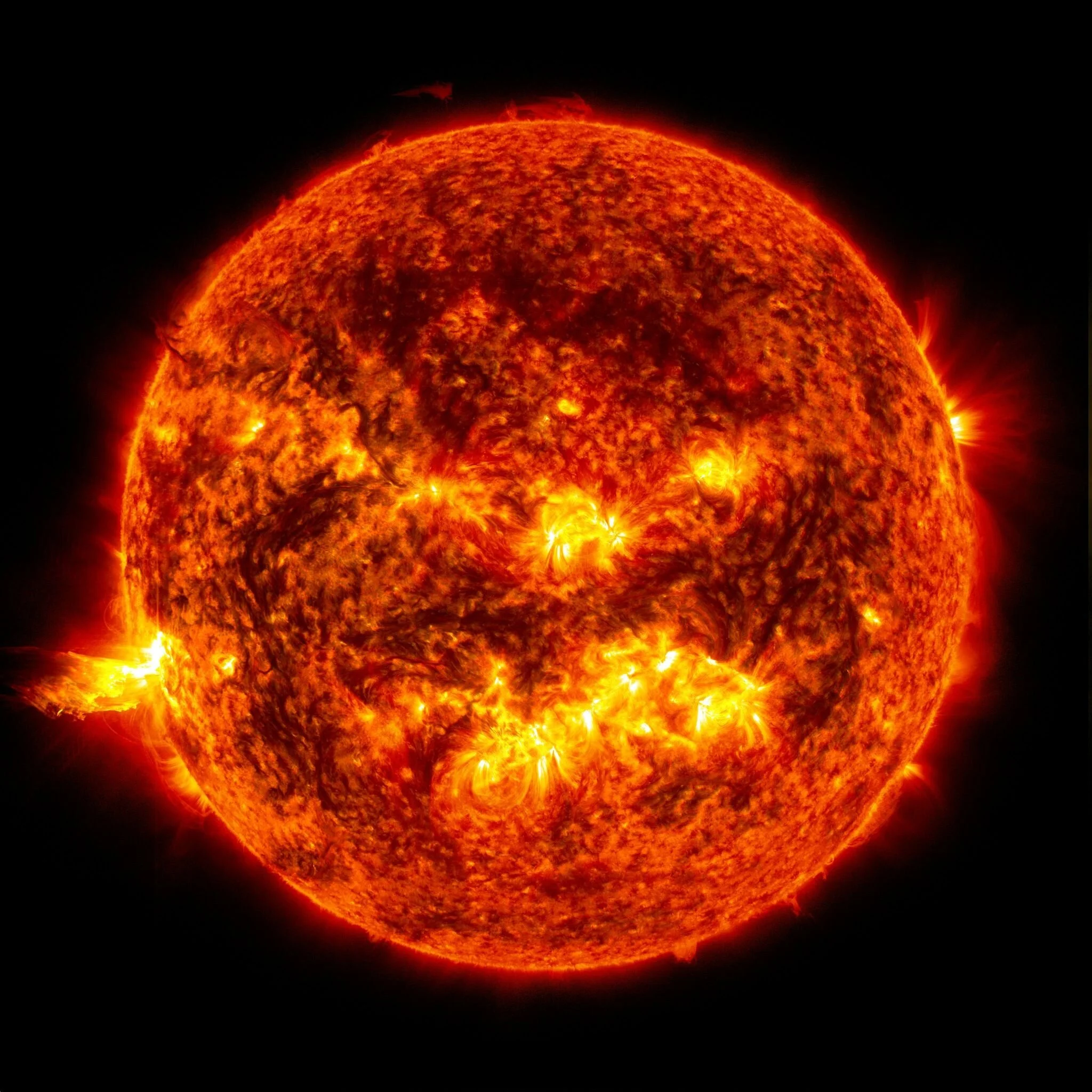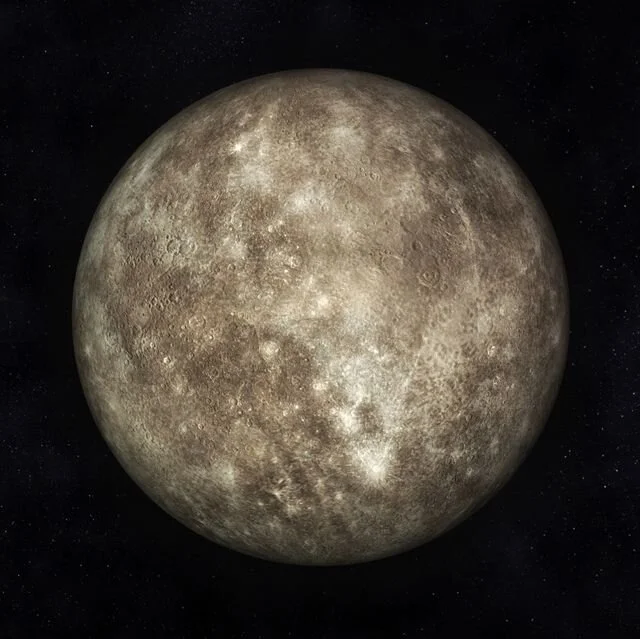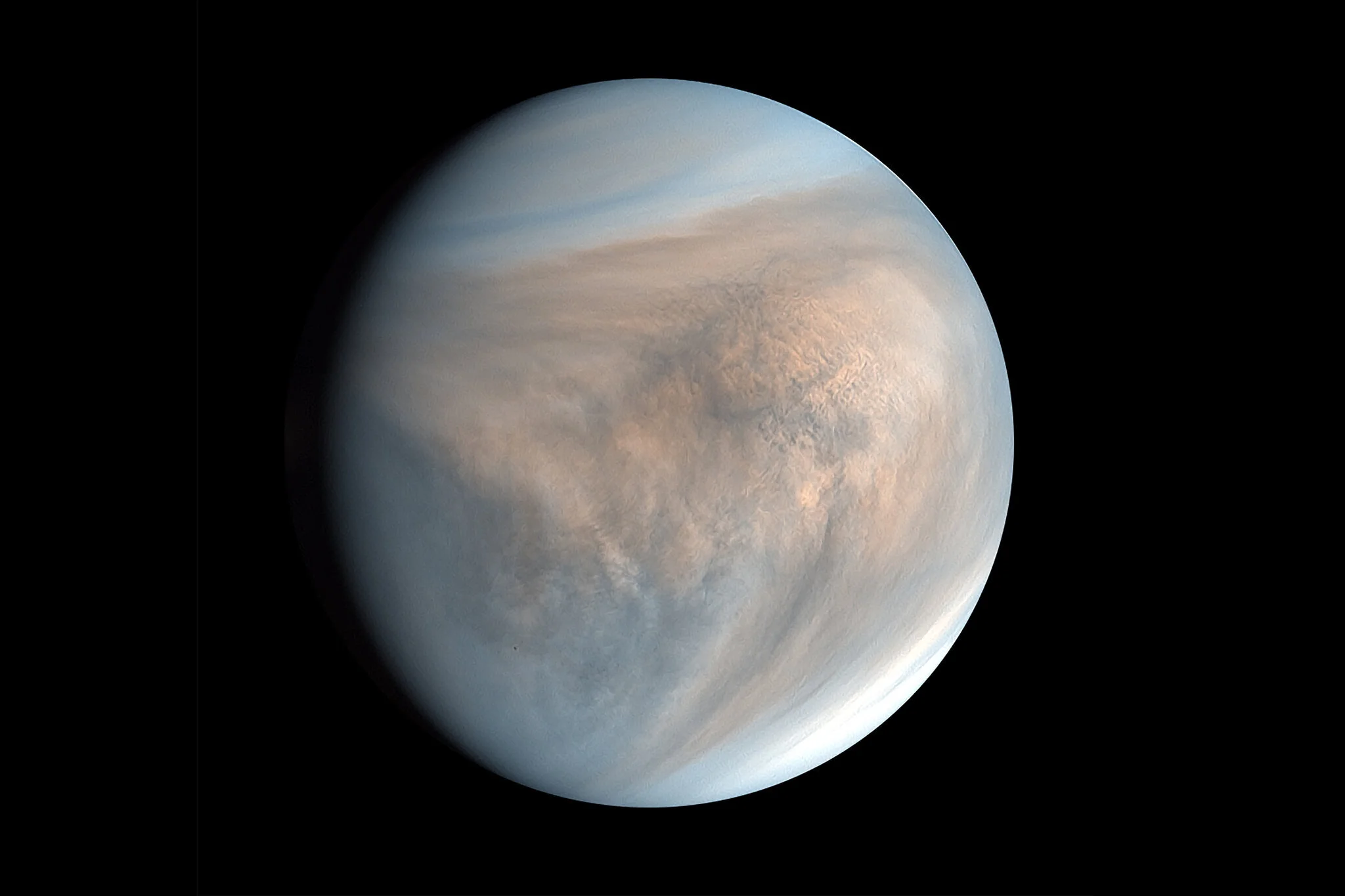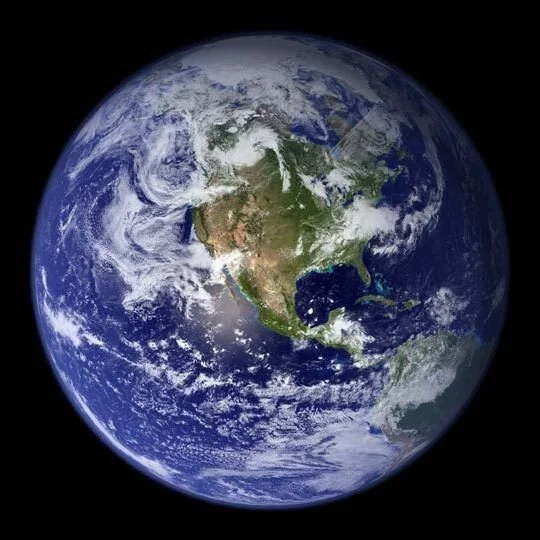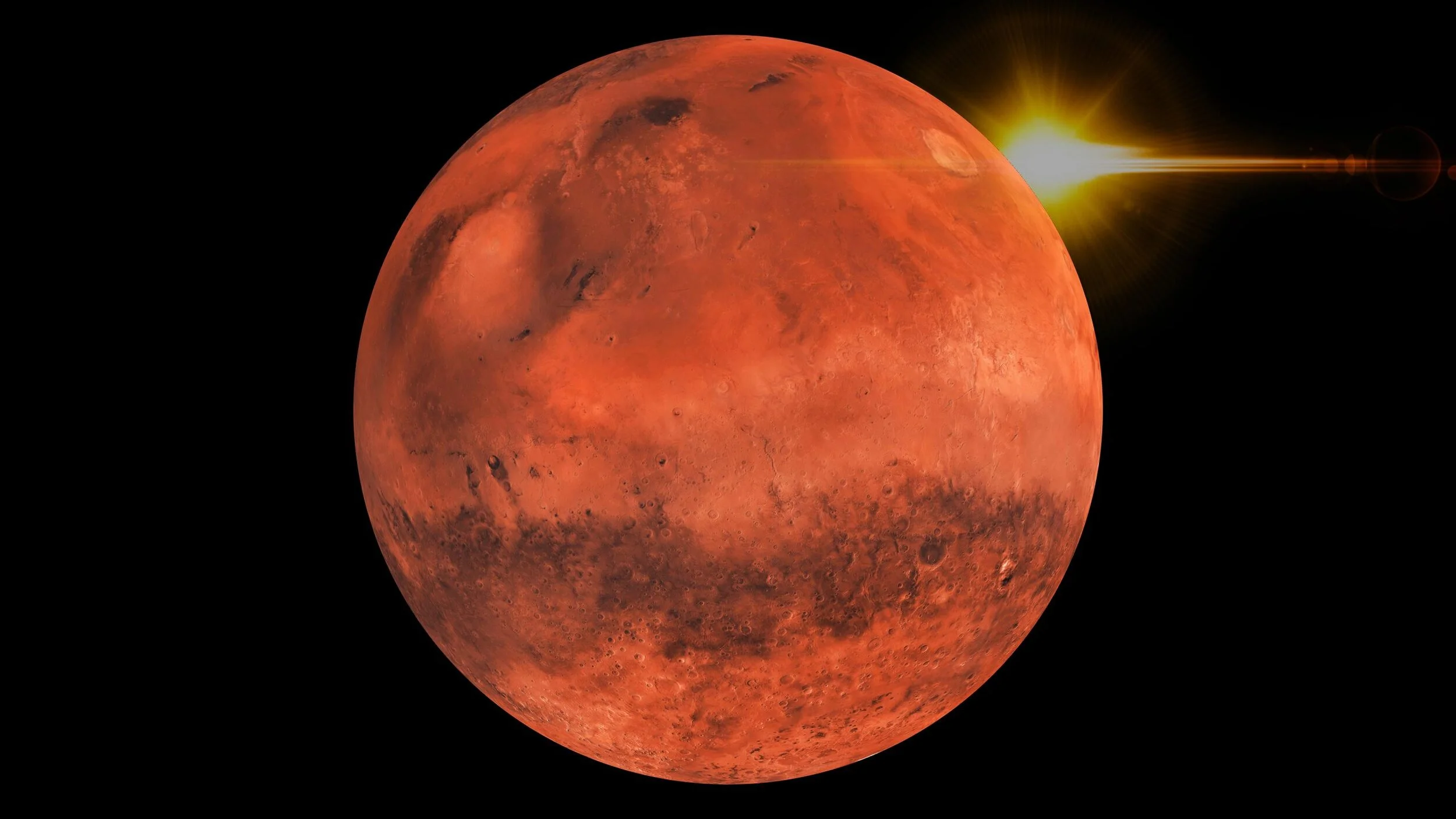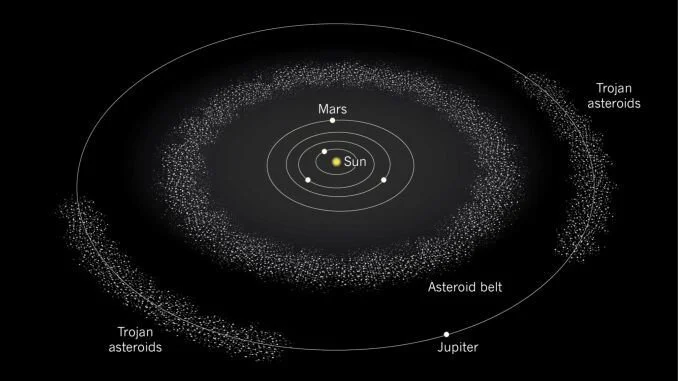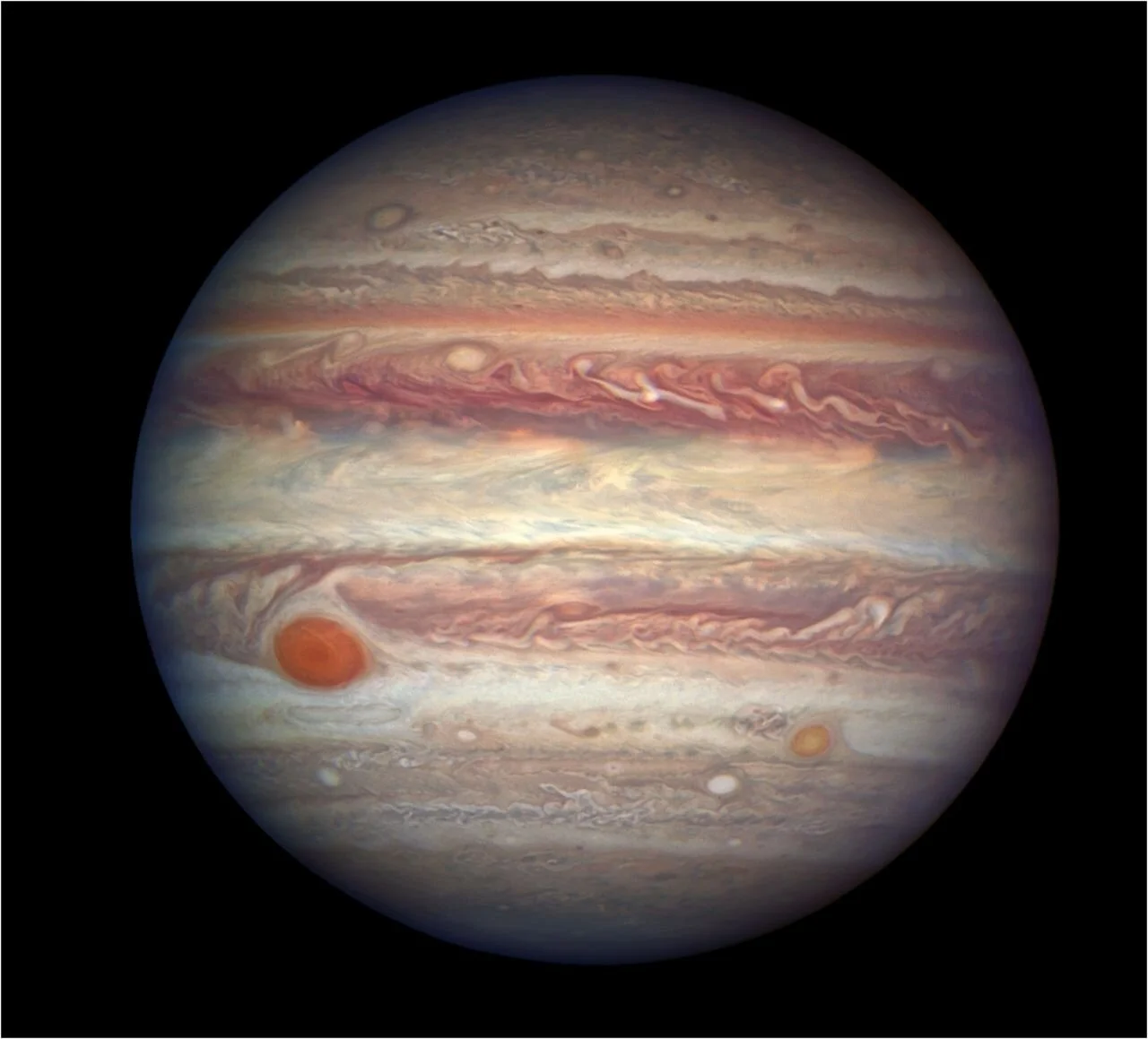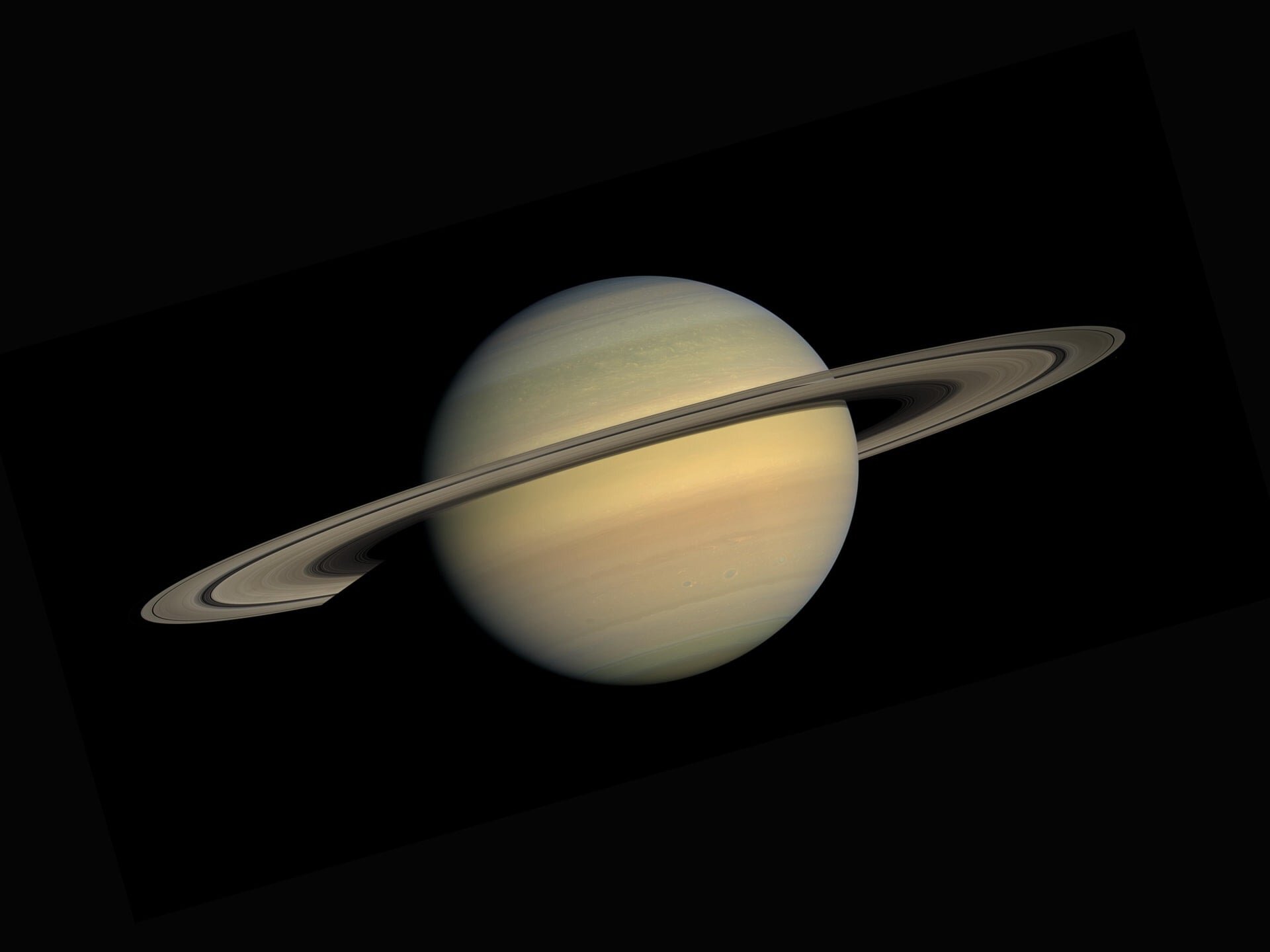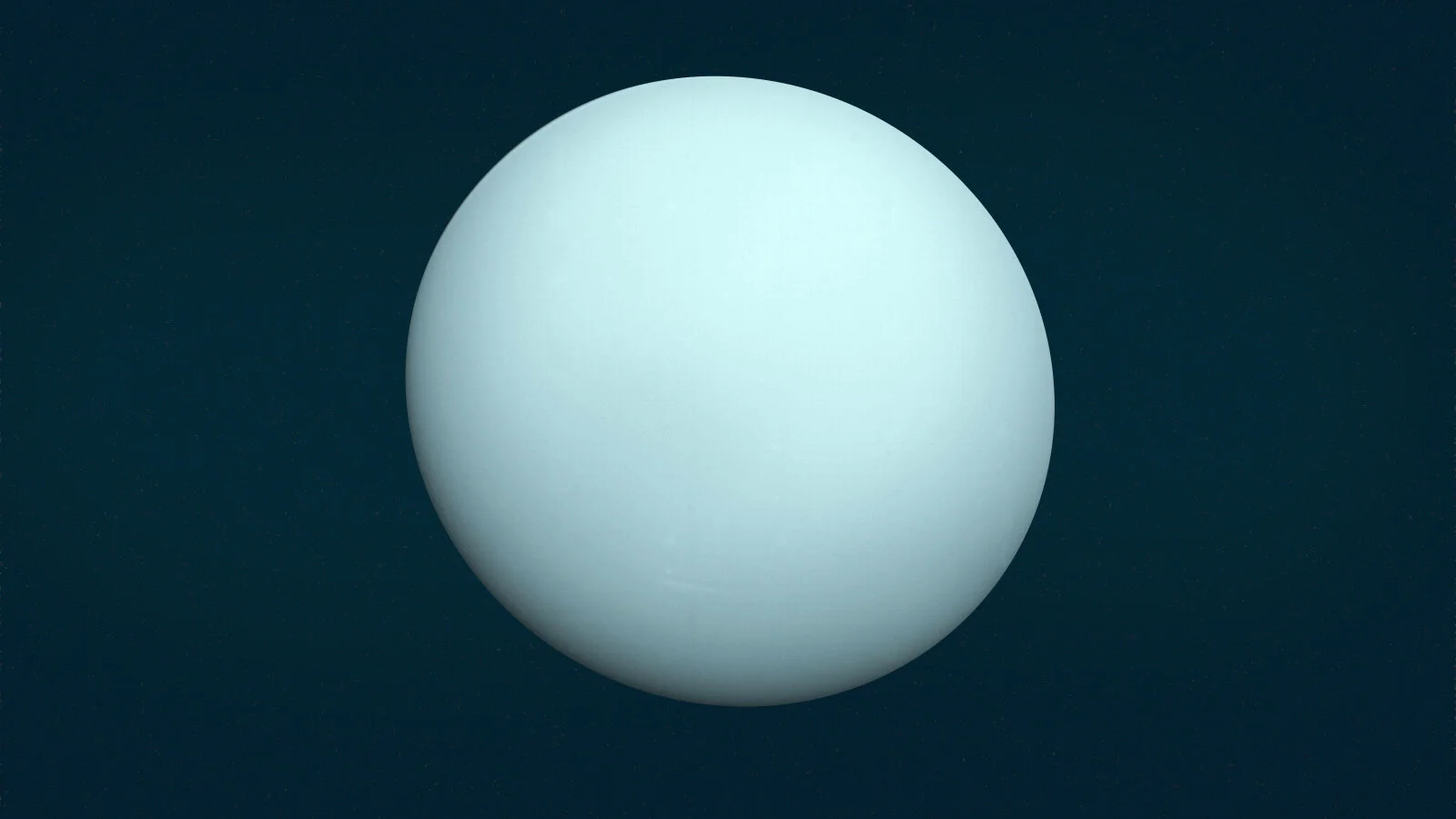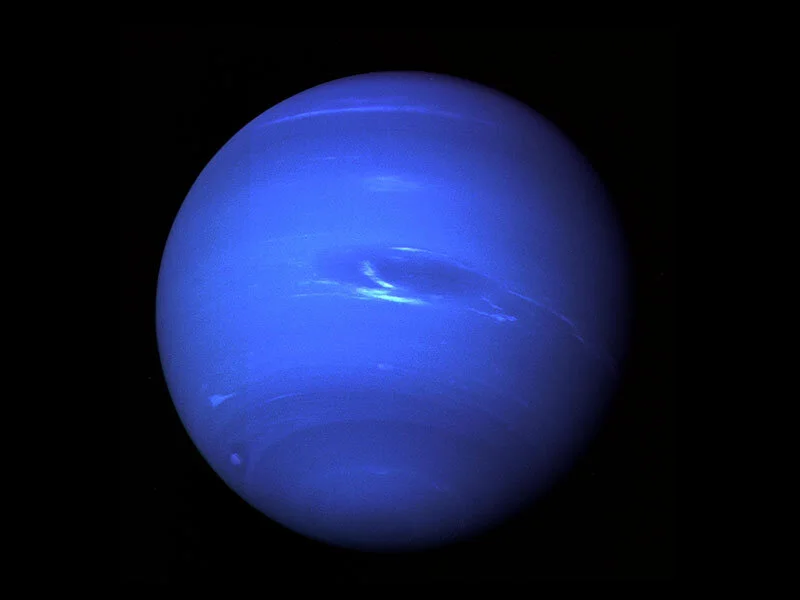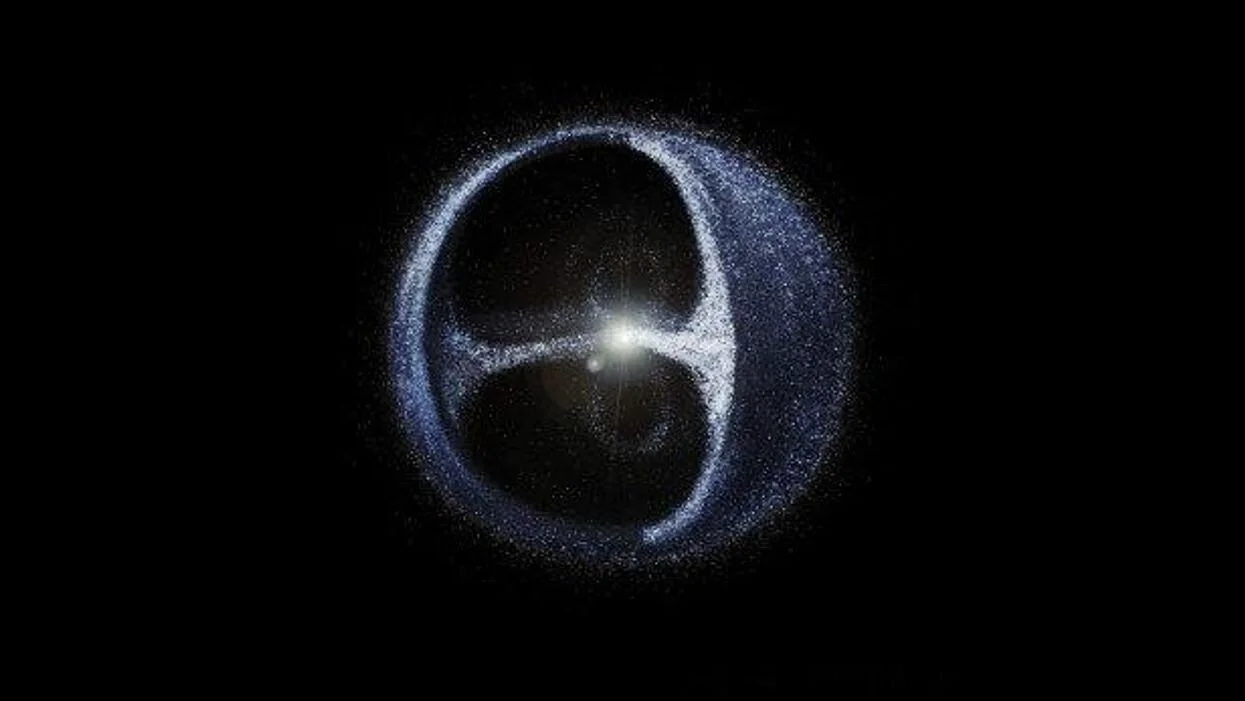Introduction
This is my presentation of the Solar System. I learnt a lot more about the Solar System from this project like the Asteroid Belt sits between Mars and Jupiter.
I chose to create a website because it was something I never have done before and I wanted to try something different. My dad helped me set up this website in Squarespace and I put in the pictures and all the writing.
The Sun
The Sun is a star.
The Sun is huge it is actually 696,340 km
The planets all orbit around the Sun.
The Sun is way bigger than the Earth.
The Sun is 93 million miles away from the Earth.
It gives light to all the planets
It is 4.6 billion years old
The Sun alone contains 99.8% of the total mass in the Solar System.
The Sun, like others stars, is a ball of gas
Mercury
Mercury, closest to the Sun.
Most extreme temperature fluctuations in the Solar System.
The smallest planet.
Survived impact with giant Asteroid.
Mercury's crazy orbit.
Mercury has ice.
It has a huge, iron core.
A NASA probe mapped Mercury's entire surface.
Venus
A day on Venus is longer than a year.
Venus is hotter than Mercury despite being further away from the Sun.
Unlike the other planets in our solar system, Venus spins clockwise on its axis.
Venus is the second brightest natural object in the night sky after the Moon.
Earth
Earth is not flat, but it's not perfectly round either.
The days are getting longer.
There weren't always several continents.
Earth's icy times.
The driest place on Earth.
Earth's gravity isn't uniform.
In the past, sea levels were very different.
Our sun has a voracious appetite.
Mars
Mars had water in the ancient past
Mars has frozen water today
Mars has some extreme highs and lows in terrain
Mars has two moons – and one of them is doomed
Asteroid Belt
The Asteroid Belt is located roughly between the orbits of the planets Jupiter and Mars. It contains a great many solid, irregularly shaped bodies, of many sizes but much smaller than planets, called asteroids or minor.
The Asteroid Belt is 4.6 billion years old
The Asteroid Belt is between Mars and Jupiter
Jupiter
Jupiter cannot become a star
Jupiter is the fastest spinning planet in the Solar System
The clouds on Jupiter are only 50 km thick
Jupiter has a great red dot on it
Jupiter has rings
Jupiter's magnetic field is 14 times stronger than Earth's
Saturn
Saturn is the second biggest planet in our Solar System
You cannot stand on Saturn because its made of gas
Its beautiful rings are not solid it is made of different sized rocks
Some of the rocks are as small as grains of sand.
The rings are huge but thin.
Saturn could float in water because it is mostly made of gas
Uranus
Uranus is the coldest planet in the Solar System
Uranus orbits the Sun on its side
A Season on Uranus lasts one long day – 42 years
Uranus is the second-least dense planet
Uranus has rings
Uranus has 27 moons
Neptune
Neptune is the most distant planet
Neptune is the smallest of the gas giants
Neptune has the strongest winds in the Solar System
Neptune is the coldest planet in the Solar System
Dwarf Planets
Dwarf planets are the smallest type of planets
There are 9 dwarf planets such as Pluto
Dwarf planets don't have a clear orbit around the sun
They orbit around the sun
Oort cloud
The Oort cloud defines the solar system's boundary
Long-period comets may originate in the Oort cloud.
The Oort cloud is really, really big.
The Oort cloud contains material from other stars.
The Oort cloud is flexible
